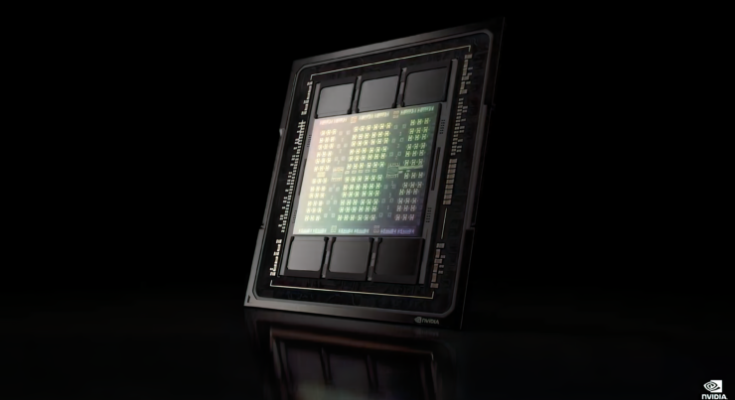NVIDIA’s Ada Lovelace GPUs for next-gen GeForce RTX 40 Gaming graphics cards will have a node advantage over AMD’s RDNA 3, as reported by Moore’s Law is Dead.
NVIDIA Ada Lovelace Gaming GPUs Rumored To Utilize TSMC’s 4N Process Node, Giving A Slight Advantage Over AMD’s RDNA 3 GPUs
From what we know so far, NVIDIA was expected to utilize TSMC’s 5nm process node for their Ada Lovelace GPUs that power the next-generation gaming graphics cards aka GeForce RTX 40 series. It looks like the specific node has been revealed by Moore’s Law is Dead in a recent tweet. As per the latest rumor, the NVIDIA Ada Lovelace GPUs will be based on the TSMC 4N process node.
Notice I didn’t mention PCIe 5.0 in my Lovelace Slides: https://t.co/n7sdIL1Uku
Speaking of “4”, #NVIDIA Lovelace is indeed 4nm!
🤠🎉😋 More to say on the next Broken Silicon… https://t.co/jjJ1GSod0j
— Moore’s Law Is Dead (@mooreslawisdead) April 24, 2022
Yep, that’s the same TSMC 4N process node that powers the Hopper GPUs for the data center HPC market. As for what we know about the TSMC 4N process node, it is a revision of their 5nm process (not to be confused with 4nm/N4 which is a completely different node). The TSMC 4N process node is custom-designed exclusively for NVIDIA and hosts a range of optimizations that allows for better power efficiency, performance, and a minor boost to density versus the vanilla TSMC 5nm node.
The reasons why NVIDIA may have selected TSMC’s 4N as the candidate for its next-gen gaming GPU lineup are kind of obvious. The upcoming cards will be real power-hungry and NVIDIA & the company is going to optimize them as much as they can by utilizing the 4N process node. AMD on the other hand will be utilizing a mix of TSMC 5nm and 6nm process nodes for its upcoming MCM and monolithic GPUs based on the RDNA 3 graphics architecture and while they don’t bring the optimizations that 4N does, they will feature an MCM approach that is expected to be highly efficient.
So at the end of the day, NVIDIA gets the better node while AMD delivers a better design approach. At the end of the day, these won’t matter much to end-users who only want to play their games on the best possible hardware (graphics cards) they could get their hands on.
NVIDIA CUDA GPU (RUMORED) Preliminary:
| GPU | TU102 | GA102 | AD102 |
|---|---|---|---|
| Flagship SKU | RTX 2080 Ti | RTX 3090 Ti | RTX 4090? |
| Architecture | Turing | Ampere | Ada Lovelace |
| Process | TSMC 12nm NFF | Samsung 8nm | TSMC 4N? |
| Die Size | 754mm2 | 628mm2 | ~600mm2 |
| Graphics Processing Clusters (GPC) | 6 | 7 | 12 |
| Texture Processing Clusters (TPC) | 36 | 42 | 72 |
| Streaming Multiprocessors (SM) | 72 | 84 | 144 |
| CUDA Cores | 4608 | 10752 | 18432 |
| L2 Cache | 6 MB | 6 MB | 96 MB |
| Theoretical TFLOPs | 16 TFLOPs | 40 TFLOPs | ~90 TFLOPs? |
| Memory Type | GDDR6 | GDDR6X | GDDR6X |
| Memory Capacity | 11 GB (2080 Ti) | 24 GB (3090 Ti) | 24 GB (4090?) |
| Memory Speed | 14 Gbps | 21 Gbps | 24 Gbps? |
| Memory Bandwidth | 616 GB/s | 1.008 GB/s | 1152 GB/s? |
| Memory Bus | 384-bit | 384-bit | 384-bit |
| PCIe Interface | PCIe Gen 3.0 | PCIe Gen 4.0 | PCIe Gen 4.0 |
| TGP | 250W | 350W | 600W? |
| Release | Sep. 2018 | Sept. 20 | 2H 2022 (TBC) |




